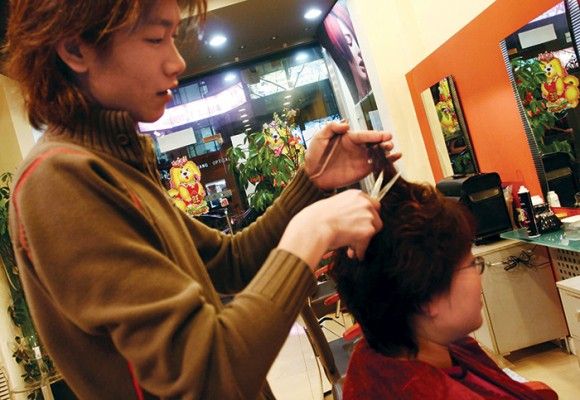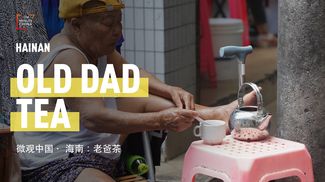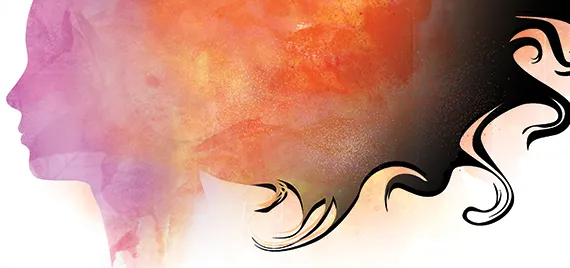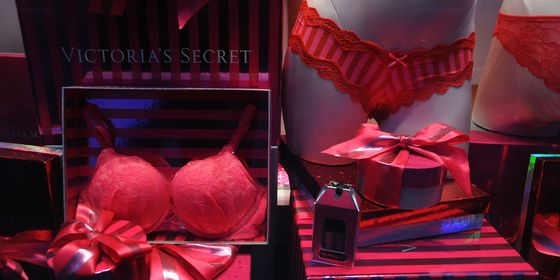Amid China’s rapid growth, hairdressers have seen stagnant wages
They’re tucked into hidden away corners, down alleys, in darkened spaces: 20 yuan and your hair is done. They’re operating right on the street corner, just five yuan for
a trim and a shave in a chair under an umbrella out in the open. They’re in large garish stores, blaring out abrasively loud pop tunes—over 100 yuan for a stylish trim, but if you buy a regular customer card for the low price of 300 yuan, you can save money!
Few take the time to understand the lives of those who choose to become hairdressers. In contrast to Western nations, Chinese hairdressers or barbers are predominantly male, and it is a fairly common refrain for young Chinese, male or female, to assume that men are somehow “better” at it and be more comfortable with a male hairdresser.
This is not to say there aren’t female hairdressers, but they are rarer than their male counterparts.
Hairdressers tend to be young, and when it comes to the job, structural changes in the industry have made them pretty flighty.
One man who has taken the time to get to know these young Chinese is Benjamin Ross, a Sociology Ph.D student at the University of Chicago. Ross spent months sharing a dorm and living and eating with hairdressers in Fuzhou, as part of a research project documenting the Chinese hairstyling industry.
He points out that the industry was a particularly attractive option for young, unskilled workers in the 1980s and 1990s, when incomes in this (and many other industries) were on the rise.
But since then, incomes have plateaued, while other professions have seen continued wage growth. “Since the Reform and Opening-up, Chinese people from across the income spectrum have seen dramatic increases in their standards of living,” Ross says. “Hairstyling was a perfect opportunity for rural folks to take advantage of this, in the 80s and 90s. They were able to see both their incomes and overall standards of living rise dramatically compared to previous decades as well as their peers who remained in rural areas.”
Casual observers, however, may take note of one of the more obvious changes in the industry in the last decade—the proliferation of higher-end hairdressing salons that charge customers much more than the typical hole-in-the-wall barber. But these higher prices don’t necessarily translate into increased wages for the hairdressers working there. “As profits shrink, due to both rising operational costs and over-saturation of salons, salons have to find creative ways to stay afloat. Often these high-end salons are located in prime locations and have fancy interior decor. This means both their recurring (rent) upfront (interior decor) costs are high. So while the price tag may be higher, it does not necessarily mean the profit margins are as well.”

This creates an unusual situation in which salaries are still low, but demand is high. The result, of course, is that hairdressers are quick to leave a job when a better o er comes around, or better yet, open up a place of their own. “One of the two most pressing issues for owners of salons these days is finding enough employees; the other is the rising costs of rent. Whereas ten years ago, there was an over-abundance of cheap labor, these days owners and management often can’t retain enough stylists to make their salons profitable,” Ross says. “Because of this, the unemployment rate in the industry is effectively 0 percent. This means a stylist can quit his job whenever he likes, without the risk of unemployment which usually comes with changing jobs.”
“Predictably, this has led to better working conditions, in some respects,” he says. “Stylists are increasingly not expected to carry out those menial tasks (which also don’t provide commission) such as folding towels and cleaning bathrooms,” he says, adding that it is increasingly common for stylists to be offered small shares of ownership in the salon where they work.
This situation, of course, is a double-edged sword for both employees and bosses. “On the flip side, stylists invariably aspire to open their own salon. The increasing power of employees has made it increasingly difficult for an owner to run a profitable salon. Hairstyling is a career in that most workers, when they begin, shoot to work their way to the top. So in essence, the gains that workers achieve in relation to their employer will likely come back to bite them when they open their own salon.”
The ease of moving between jobs also hints at another problem plaguing the industry: qualifications. Without any formal government certification, anyone, regardless of skill level, can enter the industry. Most do undertake training or internships of course, one hairdresser told TWOC that she had spent two years at a hairdressing college. But theoretically, there is nothing stopping anyone “faking” their credentials, and this can be a problem for genuinely qualified hairdressers.
“Interestingly, stylists invariably tell me that government regulation would be a benefit to the industry,” Ross says. “They feel that the fact anybody can pick up the career without any formalized credential system hurts the reputation of the industry, and leads to 恶性竞争 (unhealthy competition).”
Throughout Chinese history, hairdressing has been a serious business. Western readers are no doubt familiar with the Qing Dynasty (1616 – 1911) locks of hair which became intertwined with stereotypes of bald-headed Chinese with a single long ponytail. But one does not have to go that far back to see hair playing a powerful role in politics; Chinese netizens often joke about the lustrous black hair seen in headshots of almost all senior leaders, assuming that black hair dye is popular among these men. In the 1950s, Zhou Enlai, the People’s Republic of China’s first premier, united four famous Shanghai hairdressing schools into one, creating the “Four United” powerful hairdressing salon, the influence of which can still be seen today in Beijing’s hairdressing museum.
“Hair and Now” is a story from our newest issue, “Family”. To read the whole piece, become a subscriber and receive the full magazine. Alternatively, you can purchase the digital version from the iTunes Store.












